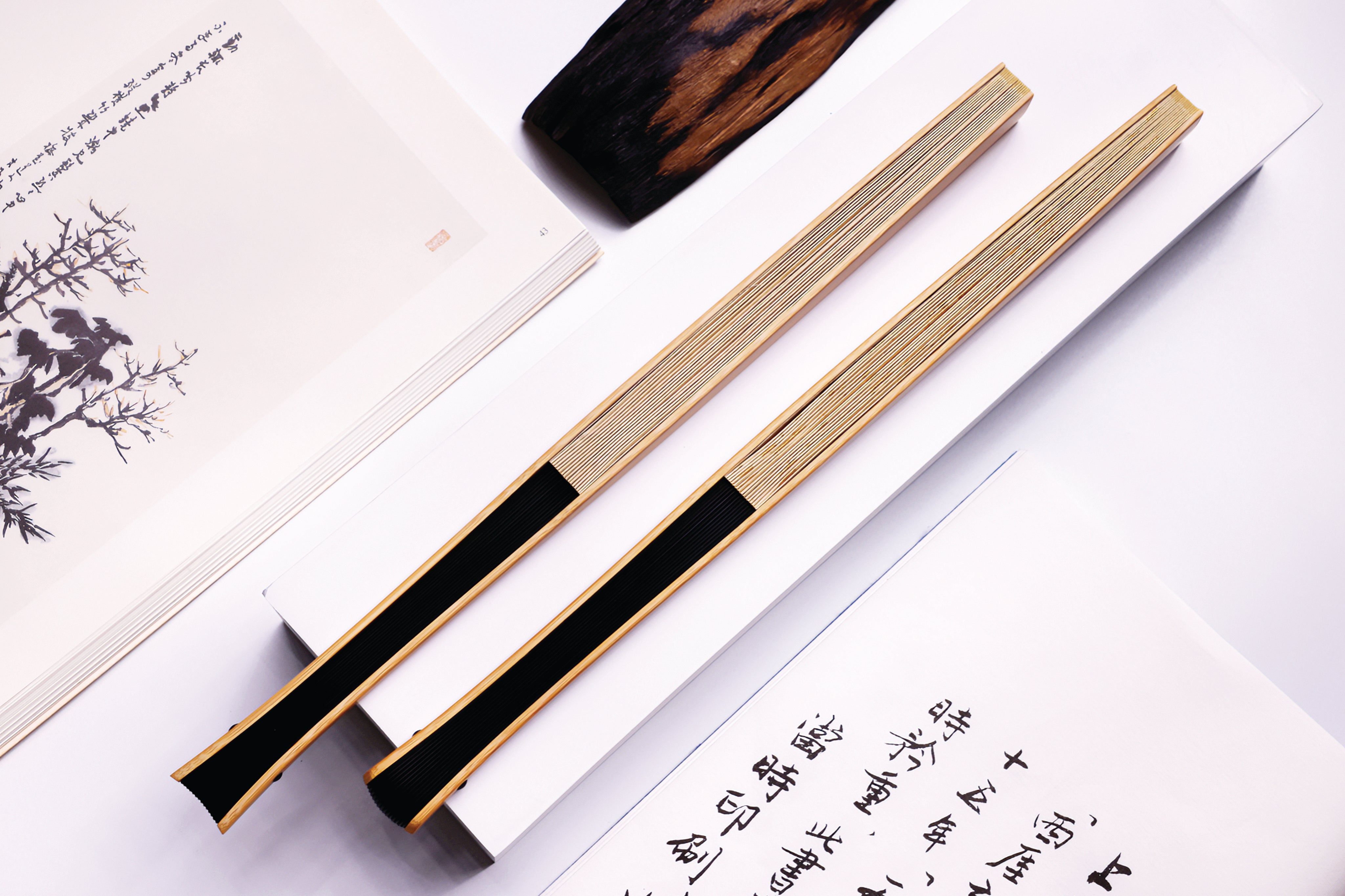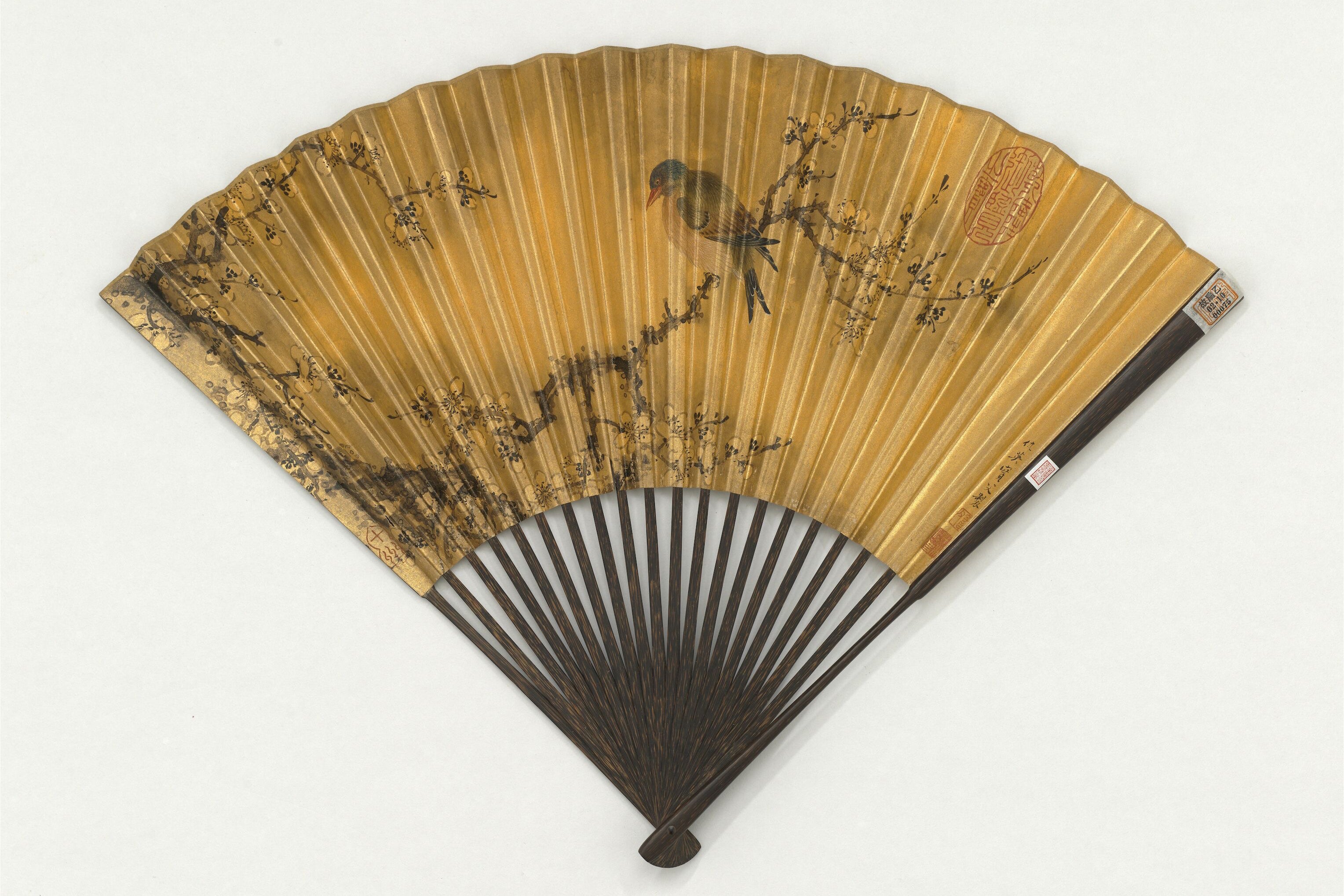Fanning a resurgence in a cool identity
THE ARTICLES ON THESE PAGES ARE PRODUCED BY CHINA DAILY, WHICH TAKES SOLE RESPONSIBILITY FOR THE CONTENTS

Nearly three decades have passed, but 57-year-old Xu Jiadong still remembers the day when he first went into a bamboo forest with his father to “handpick the ones that he would later use to make the ribs of folding fans.”
It was in early January in Anji county of Zhejiang province, where a special type of bamboo known as yu zhu, or “jade bamboo,” grows in abundance.
That is where Xu, then in his late 20s, was given lessons by his father while breathing in the chilly mountain air.
“For the purpose of fan-making, bamboo can neither be too young nor too old,” Xu says. “It has to be big and sturdy enough but also fine-textured. Generally speaking, plants that have grown to 5 years old are the most desirable,” Xu says.
“One thing my father always asked me to look for was the natural layer of white, waxy substance coating the plant.”
This is bamboo wax, and when scraped off, the green colour underneath is revealed, giving it the name jade bamboo. The wax shields the plant from excessive moisture loss and pests, giving it a smooth, suave quality long admired by fan-makers including Xu and his father.

“Artists from ancient China often painted wind-swept or rain-slashed bamboo plants, inspired equally by their unbreakability and flexibility,” says Wang Yimin, an expert on ancient Chinese painting at the Palace Museum in Beijing.
By the time the folding fan was popular in the country in the 14th century, bamboo had long entered the Chinese visual and literary iconography, a powerful symbol for those who would like to think of themselves as men of virtue.
The gracefulness of the folding fan is best appreciated when it is folded, with two pieces of bamboo slips holding the entire fan together. As these two pieces taper down from top to bottom, they follow distinct curves in designs named beautifully and evocatively, for example “the shoulder of a beauty.”
Typically, these two pieces dubbed the main ribs, in contrast with the minor ones in between them, fan out a little towards the very end. Swallowtail is the name assigned to one specific type of design concerning this end part.
“Controlled spontaneity” is how Wu Jiajun, who has been training with Xu during his spare time for the past three years, describes “what it takes to produce that level of artistry that my teacher has arrived at”.
“I realised that more often than not, the contour of a main rib is decided within a few applications of the carving knife,” Wu says. “There’s only one knife for the entire process.”
“Sometimes the knife glides through the material in an extended motion; at other times it makes quick, decisive cuts. Either way, there is absolutely no repeat of the same movement. One has the feeling that the master, guided by instinct, always gets to say what he has intended to say with just one fluid and resolute stroke of the knife.”
In that sense, there is little difference between carving the fan ribs and painting a fan. The latter, done in classical Chinese style with an ink brush, is also characterised by a combination of precision and spontaneity.
“Literati culture, fostered by the educated elite of ancient Chinese society, exerted a major influence on Chinese art-making for more than a thousand years,” says Wang of the Palace Museum.
“Only with an understanding of that can one begin to see the folding fan not just as something to drive away the summer heat, but a portable piece of art, almost every detail of which is dictated by the sensibilities of the literati group.”

Bookmark popover
Removed from bookmarks